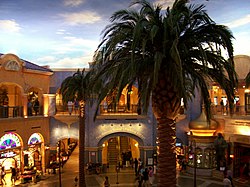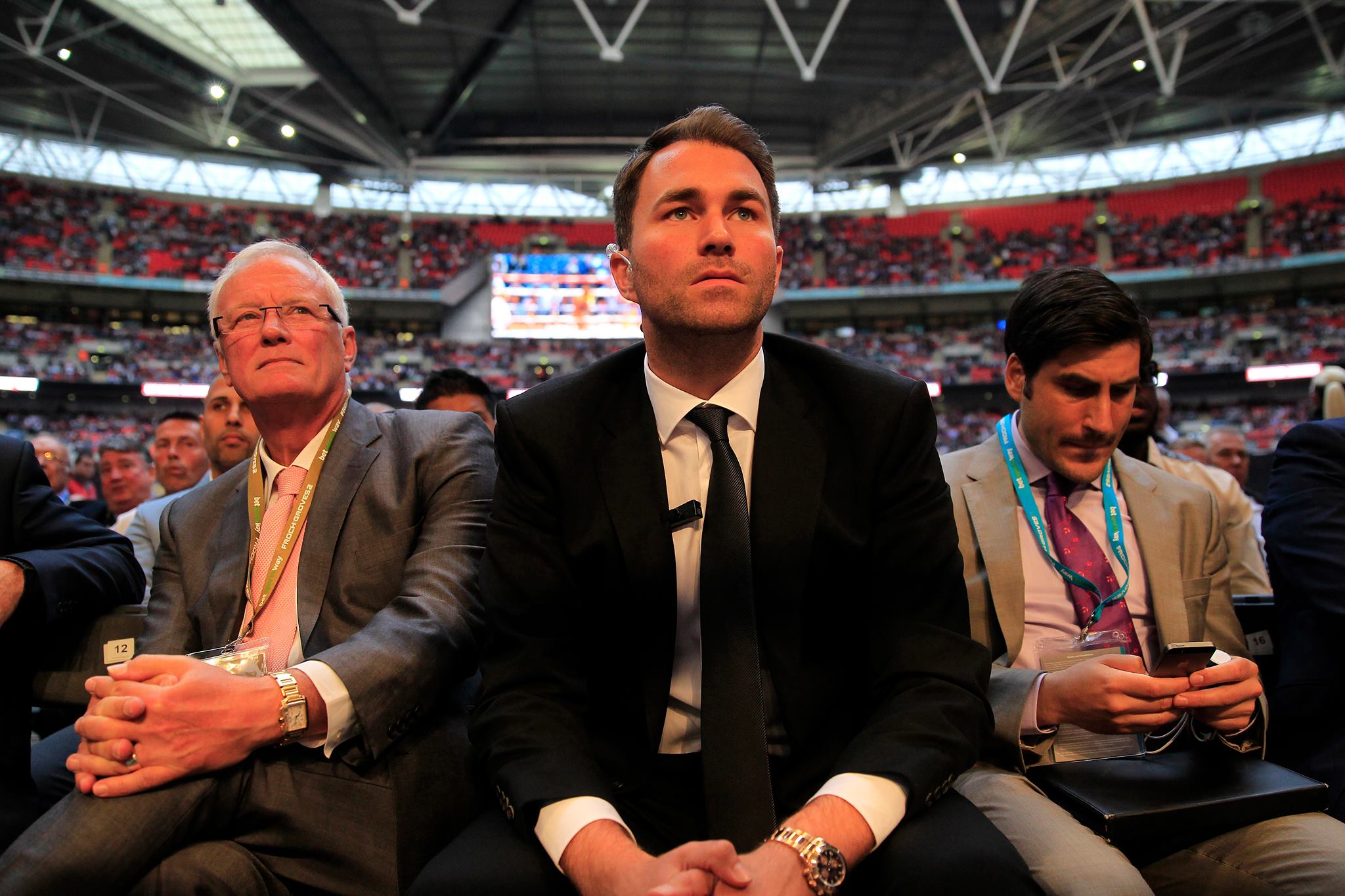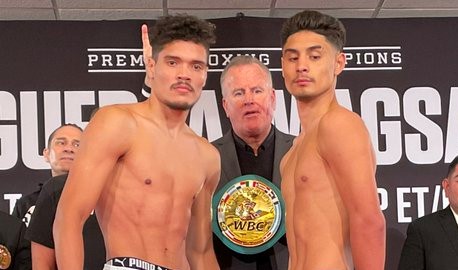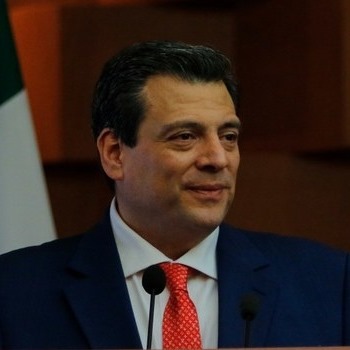By Charles Jay
In 1921 Jack Dempsey was the king of the hill among fighters and Tex Rickard had the same designation among promoters. Any fight that included the Manassa Mauler was going to be a major spectacle, and his much-anticipated heavyweight title defense against France’s Georges Carpentier promised to be one of the biggest in the history of the sport.
Carpentier brought great credentials into the matchup, and his own career was nothing short of remarkable, if for not other reason than that he fought in every division, from flyweight to heavyweight, doing so with great distinction. Carpentier won the world light heavyweight crown in 1920 when he beat Battling Levinsky, and though he had previously gone twelve hard rounds against Joe Jeanette, the general consensus was that he was taking a big step up by challenging for a heavyweight crown.
The Frenchman had his share of supporters stateside, however. Along with the aesthetic attractiveness of the matchup, there was also a subtext to consider. Remember that the world was just a few years out of the great war, and while Carpentier had distinguished himself as a fighter pilot, Dempsey was still carrying the stigma of being a “slacker” among many, because he had not fought in the war (evidence had been presented to the contrary, but not everyone was a convert).
Rickard was not about to downplay such talk, either, as he knew it meant drama, and drama was going to make for good box office. Just to drive the point home, he slated the bout for Fourth of July weekend – July 2 to be exact. The dilemma was where to hold the match, which was already being dubbed the “Fight of the Century.”
Because the sitting governor of New York, Nathan Miller, had threaten to repeal the Walker Law and stop the fight from happening if it was to be scheduled for Madison Square Garden or the Polo Grounds, thus eliminating Rickard’s preferred choice, it had already been concluded that the bout would be held in New Jersey, and finding a place with a suitable arena was not a problem, since Rickard planned to build a 50,000-seat stadium specifically for the event, at a cost of about $100,000. He would not take the structure down, either, as he had plans to move several promotions into the site.
Newark and Jersey City were considered to be strong candidates to host the fight, taking into account their size and proximity to New York City. In fact, regardless of where the fight was going to be, tickets were going to be on sale at the Garden box office.
Another city that was in the running to host the Dempsey-Carpentier fight was Atlantic City, which until then had not hosted anything in the way of major bouts. But with tourism relatively strong and the desire to bring in special events to land even more visitors (which eventually led to the construction of the Convention Hall), not to mention numerous speakeasies and open gambling, motivation was high on the part of the regime of the legendary and notorious Enoch “Nucky” Johnson to reel in what was certainly the biggest sporting event the city could ever hope to attract.
Rickard inspected sites in all three places and met with the city fathers. The assumption of many members of the press (boxing was covered much more thoroughly than it is now) was that Atlantic City had the inside track. But Rickard was overwhelmed, not only by the enthusiasm of the officials in Jersey City, but also by the plot of land that was being made available to him. It was owned by a gentleman named John F. Boyle, brother of the city fire chief, and went into boxing annals as “Boyle’s Thirty Acres.” Just across the river from New York, it made getting to the fight much easier for most interested parties.
Atlantic City got in on the spectacle, albeit in a much smaller way. Dempsey trained for the fight there, so the world’s newspapers got their reports from camp with the city’s dateline.
On the selected site, Rickard built even more ambitiously than he had originally intended. His arena reportedly accommodated more than 90,000 fans, and though the official attendance was listed at just above 80,000, many of the people who witnessed the event claim that no empty seats were to be found. Not only did the fight become the first million-dollar gate, the final tally, which was nearly $1.8 million, was better than twice as much as any fight before it.
Atlantic City was not anonymous by any means, but with all of the pomp and circumstance surrounding the Dempsey-Carpentier fight, such an event would have put the area on the world map in a big way.
The powers-that-be in Atlantic City were determined not to be shut out again.



















IrvinErync
07/09/2024 at 1:35 am
mexico drug stores pharmacies: mexican online pharmacy – pharmacies in mexico that ship to usa
EdwardLoobe
07/19/2024 at 10:07 pm
https://canadapharmast.com/# canadapharmacyonline
CharlesRor
07/19/2024 at 10:49 pm
mexican pharmacy [url=https://foruspharma.com/#]mexico pharmacies prescription drugs[/url] buying from online mexican pharmacy
CharlesRor
07/19/2024 at 11:36 pm
canadian pharmacy com [url=https://canadapharmast.online/#]online canadian pharmacy review[/url] 77 canadian pharmacy
Davidtoows
07/20/2024 at 3:59 am
medication from mexico pharmacy: medicine in mexico pharmacies – purple pharmacy mexico price list
EdwardLoobe
07/20/2024 at 4:18 am
https://foruspharma.com/# mexican border pharmacies shipping to usa
CharlesRor
07/20/2024 at 5:50 am
indian pharmacy paypal [url=http://indiapharmast.com/#]india pharmacy mail order[/url] mail order pharmacy india
CharlesRor
07/20/2024 at 7:00 am
medicine in mexico pharmacies [url=http://foruspharma.com/#]mexican pharmaceuticals online[/url] buying from online mexican pharmacy
EdwardLoobe
07/20/2024 at 8:27 am
http://foruspharma.com/# п»їbest mexican online pharmacies
Davidtoows
07/20/2024 at 2:22 pm
buy medicines online in india: india pharmacy – world pharmacy india
CharlesRor
07/20/2024 at 3:54 pm
world pharmacy india [url=https://indiapharmast.com/#]Online medicine order[/url] top online pharmacy india
CharlesRor
07/20/2024 at 5:02 pm
buy prescription drugs from india [url=https://indiapharmast.com/#]pharmacy website india[/url] india pharmacy mail order
EdwardLoobe
07/20/2024 at 5:22 pm
https://canadapharmast.online/# canadian pharmacy online store
Davidtoows
07/20/2024 at 7:38 pm
п»їbest mexican online pharmacies: mexican online pharmacies prescription drugs – mexican border pharmacies shipping to usa
Davidtoows
07/21/2024 at 12:53 am
mexican border pharmacies shipping to usa: pharmacies in mexico that ship to usa – buying prescription drugs in mexico
CharlesRor
07/21/2024 at 1:41 am
mexico drug stores pharmacies [url=http://foruspharma.com/#]mexican online pharmacies prescription drugs[/url] buying prescription drugs in mexico online
CharlesRor
07/21/2024 at 2:49 am
mexican border pharmacies shipping to usa [url=https://foruspharma.com/#]buying prescription drugs in mexico[/url] buying prescription drugs in mexico online
Davidtoows
07/21/2024 at 5:53 am
purple pharmacy mexico price list: purple pharmacy mexico price list – mexican drugstore online
EdwardLoobe
07/21/2024 at 6:27 am
https://foruspharma.com/# mexican mail order pharmacies
Thomaskef
07/21/2024 at 1:31 pm
http://amoxildelivery.pro/# amoxicillin medicine
Jamesjam
07/21/2024 at 8:36 pm
amoxicillin generic: amoxicillin 500 mg – where to buy amoxicillin 500mg
Jamesjam
07/22/2024 at 9:16 am
amoxicillin 500mg prescription: buy amoxicillin online no prescription – amoxicillin discount
Jamesjam
07/22/2024 at 12:58 pm
paxlovid covid: paxlovid generic – Paxlovid buy online
Myronnepay
07/22/2024 at 3:10 pm
https://doxycyclinedelivery.pro/# cost of doxycycline 100mg in india
cost generic clomid without a prescription [url=https://clomiddelivery.pro/#]where to buy cheap clomid tablets[/url] where can i get cheap clomid price
Myronnepay
07/23/2024 at 12:27 am
https://amoxildelivery.pro/# buy amoxicillin online uk
doxycycline 100mg tablet [url=https://doxycyclinedelivery.pro/#]doxycycline australia cost[/url] doxycycline 200 mg price
pepek becek
07/23/2024 at 9:23 am
Hi everyone, it’s my first visit at this web page, and piece of
writing is in fact fruitful for me, keep up posting such content.
Jamesjam
07/24/2024 at 12:01 pm
price for amoxicillin 875 mg: amoxicillin 875 125 mg tab – amoxicillin buy online canada
Jamesjam
07/24/2024 at 3:48 pm
cost of cheap clomid pill: can you buy cheap clomid prices – clomid generic